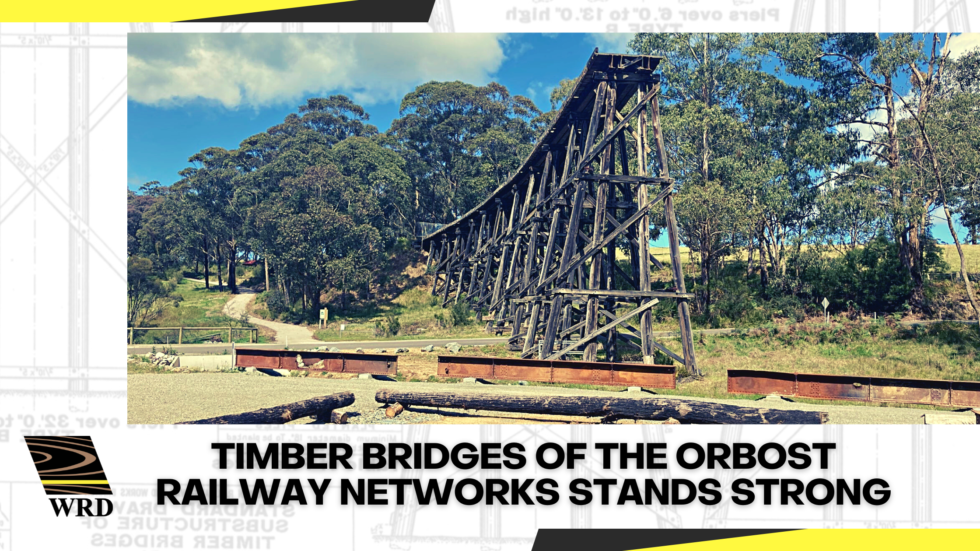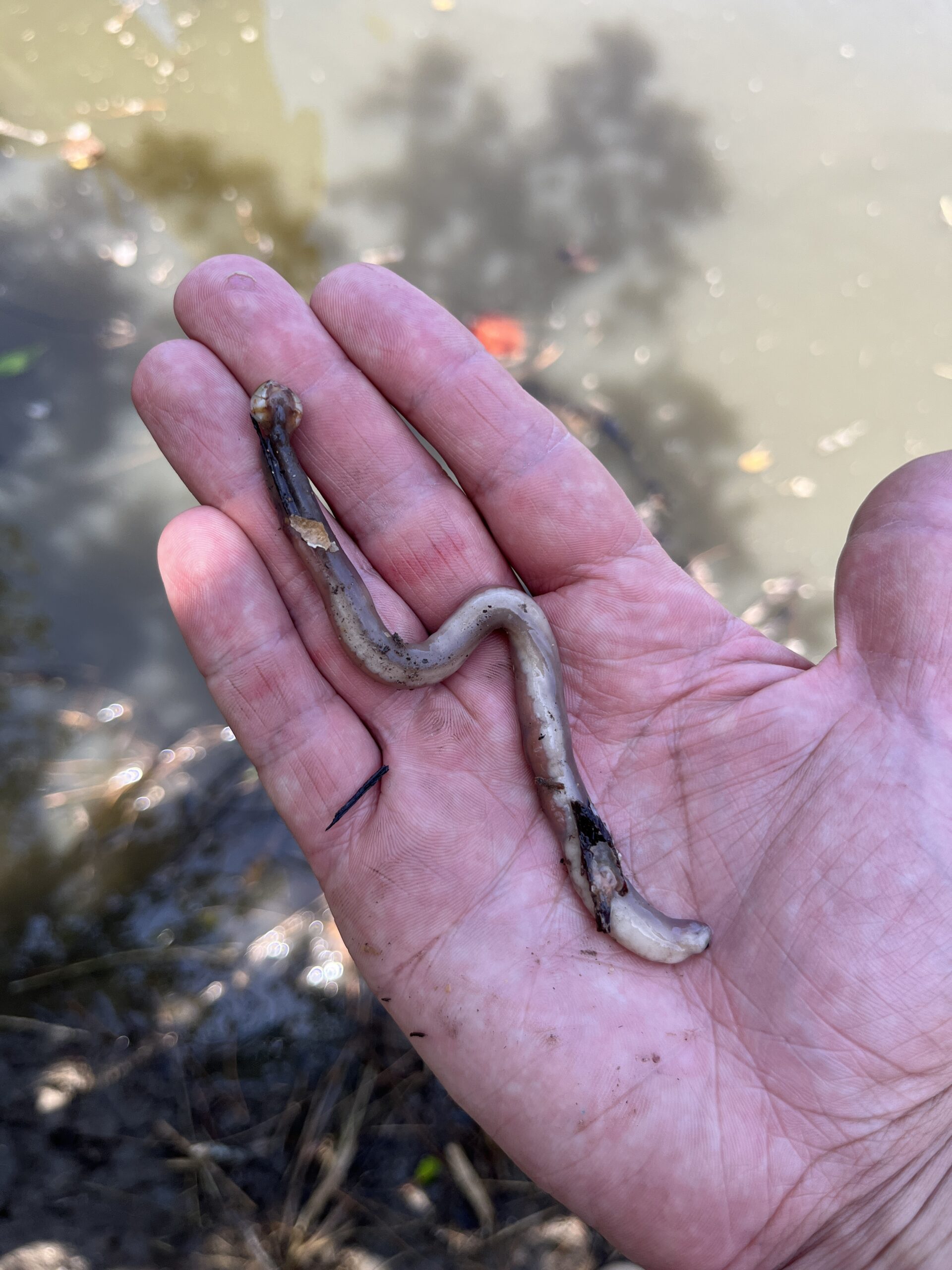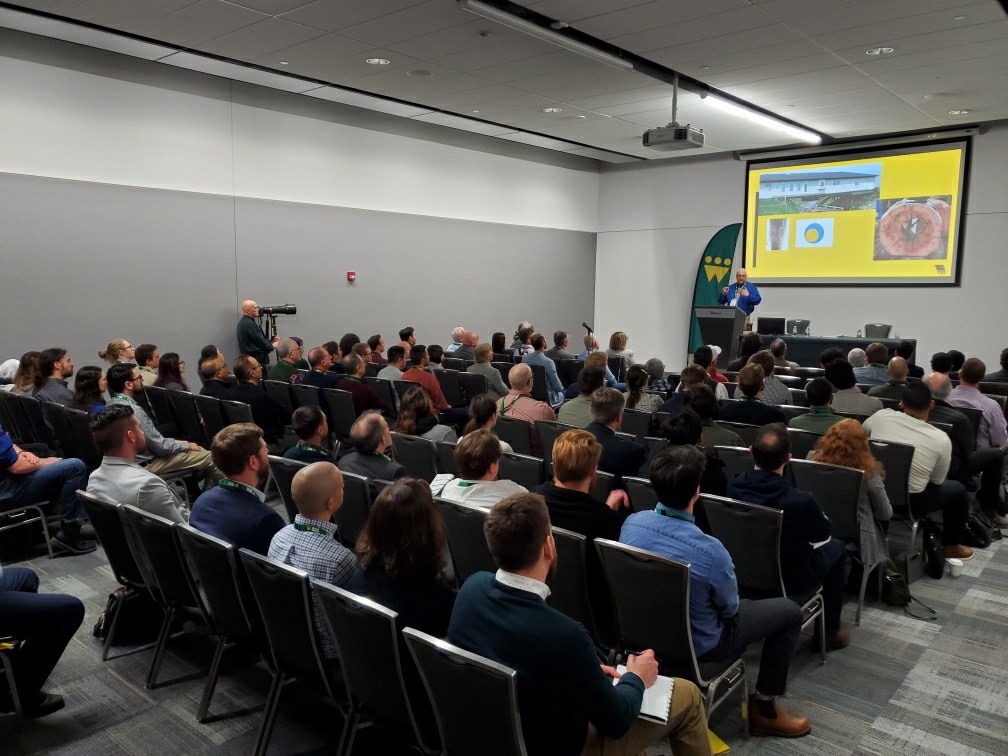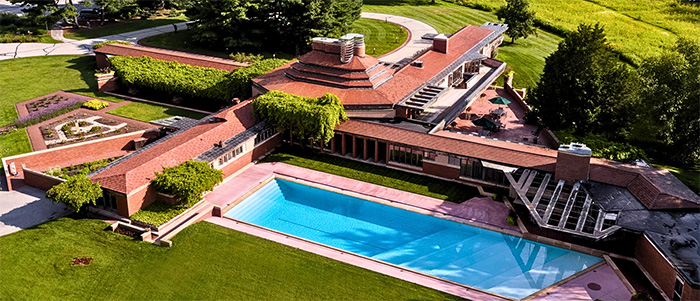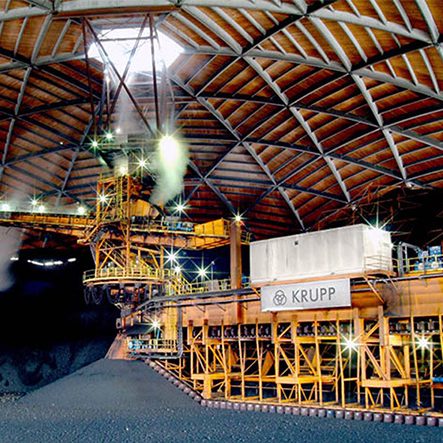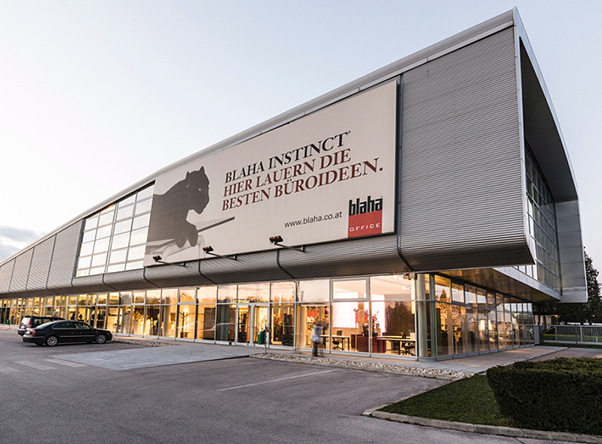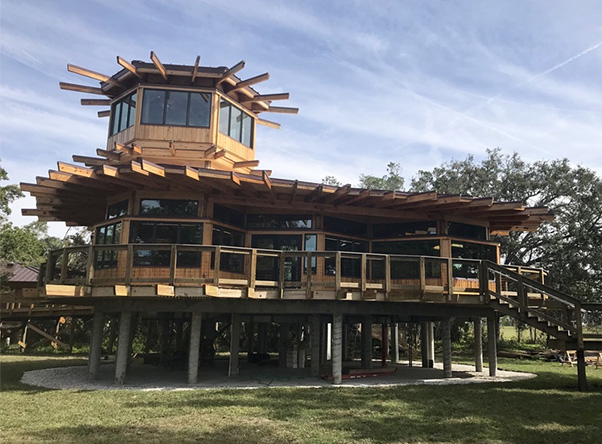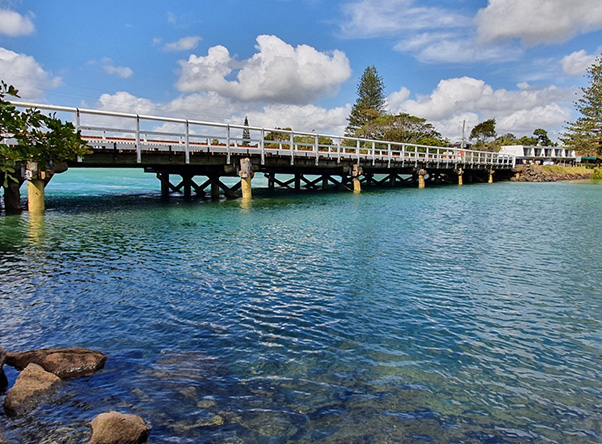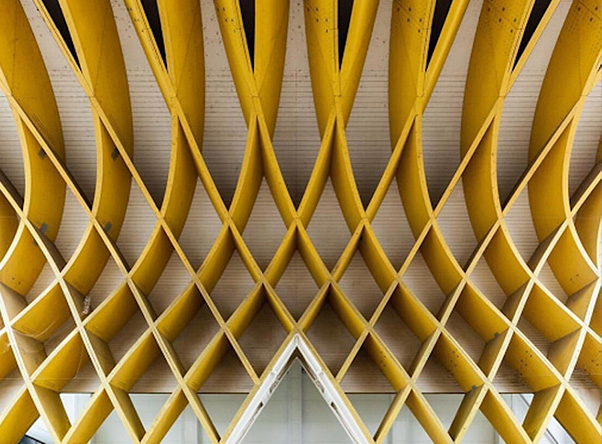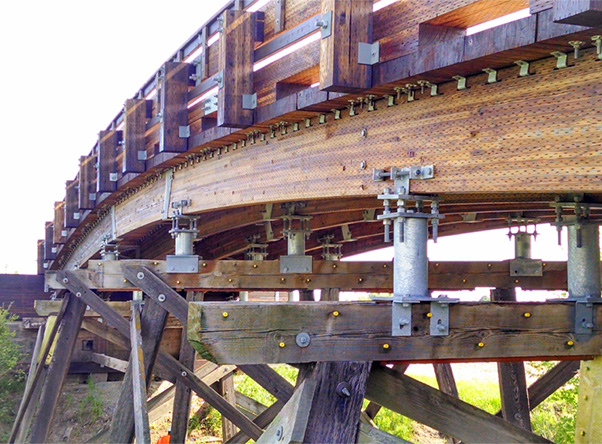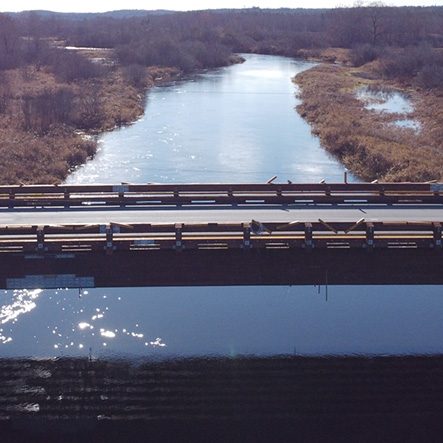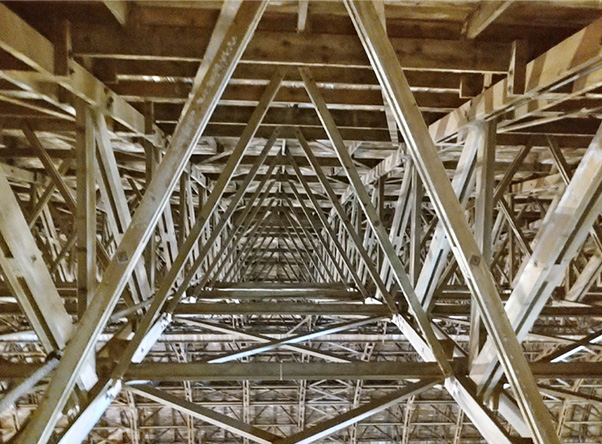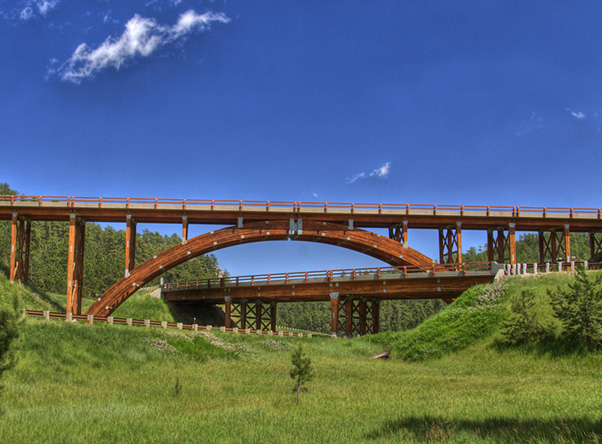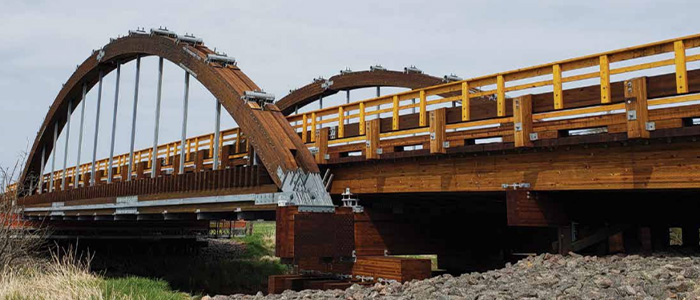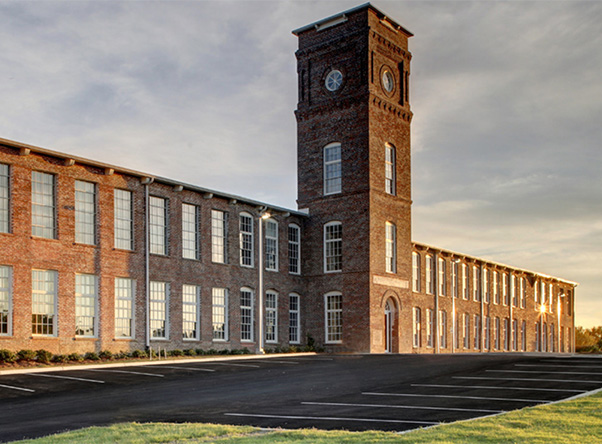Since 1916, over a century has passed and in that time many bridges have been erected and gone out of service; they’ve deteriorated away as time has marched on, but one thing that has remained is the Bairnsdale-Orbost Railway Line Bridges. Wood Research and Development (WRD) has made a commitment to recognizing the historical Importance of structures and their role in our world but more importantly made it a part of our mission to help preserve these structures so that future generations can appreciate their significance.

History of the Line
From the 1850s, settlers in East Gippsland depended on coastal ports for access and transport of goods. The entrances to these ports were unreliable and often dangerous. Meanwhile, settlers started to move inland, away from the ports, so more direct transport routes were required. The rapid growth of population in the new settlement areas and the requirement to transport their goods to the Melbourne markets resulted in demands for the construction of a railway line. Commissioned by the Australian government in 1910 and completed in April 1916. The Bairnsdale-Orbost Railway network was completed by Victorian railways and was overseen by the respected engineer, Maurice E Kernot. The project was one of the most expensive undertaken by the company at the time. The project fell victim to common issues and circumstances of projects of this magnitude such as material and labor shortages especially during wartime and even dealt with setbacks due to weather and even injuries and deaths during its construction. The line has seen a lot of traffic during its life going from materials and goods, passenger lines, and running simultaneously to just goods and materials. The last passenger lines ran until 1930 and there were some opportunities for passengers in the brake van to ride but eventually, they too disappeared. The railway ran until 1987 when the final train left the Orbost station on August 21st. The route is now the East Gippsland Rail Trail managed by the Department of Environment Land Water and Planning with advice from a local Rail Trail Committee

Construction of the Line
The idea behind the line and its design was a North American concept which helped in some capacity when encountering different topographies and the ability for its design to be manipulated for different variables. One major obstacle in building the railway line was the nature of the land. It is hilly and crosses many rivers and creeks. Plans were amended to minimize the cost of the project, but even so, many of the initial designs for the bridges had to be modified as a result of the actual conditions encountered. The amount of earthwork involved was estimated to be 2,000,000 cubic yards (1,529,110 cubic meters ). In those days this work was carried out largely by hand with the transport of materials around sites primarily by horse-drawn vehicles.

The Mitchell, Nicholson, and Tambo Rivers and Boggy Creek were crossed by permanent metal bridges incorporating timber trestles for approach spans. Large timber trestle bridges were built at Stony Creek, Wairewa Road, Hospital Creek, and across the Snowy River Floodplain.
The line was constructed with 60lb (pounds/yard) steel rails (30 kg/meter) with a ruling grade of 1:50 being used throughout. Sleepers were cut from Ironbark, Yellow Stringy Bark, and Mahogany hardwoods. These same timbers were also used for trestle bridges.
Significance of the Line
The significance of this is that the construction of this line resulted in numerous bridges and landmarks that are a part of the heritage registry today. Another point of significance is that a lot of design principles and values that were used as a part of the development of the line techniques are still used today over 100 years later. You can find them in the designs of this series of railway bridges as well as countless other bridges around the globe. The plans utilize connectors and fastening location techniques that Wood Research Development uses and teaches in our course offerings. This is evidence that not only does the service life of timber bridges exceeds most accepted opinions but that the techniques that WRD and others such as Timber Restoration Services use are proven methods that will ensure your structure stands the test of time.

The Orbost Railway Bridge is also significant, in that its huge longitudinal beams are constructed from Southern Mahogany, which was once very common nearby but has since become rare. Much of the other infrastructure like the Orbost Railway Station is gone, but both bridges, including the huge 770-meter length of a timber bridge, remain. The long low profiles of these bridges winding across the floodplain from Orbost towards Bairnsdale have long been a significant part of the river plain landscape. Over the years, the bridge has been subject to flood damage. which has significantly impacted the timber bridge due to neglect of maintenance, but the framework and bones of many bridges like the Snowy River Bridge remain.

What Remains Today
The Australian government has been working on preserving the historical significance of these bridges. As part of the East Gippsland Rail Trail, they have adapted and renovated the Nicholson Bridge to allow cyclists, hikers, and horse riders to cross it safely. The state government is maintaining its use as an essential link between Orbost and Bairnsdale. The Snowy River Bridge is also being supported as part of the rail trail, and the Boggy Creek bridge near Bruthen has been preserved. The Australian government is committed to preserving these bridges and their historical significance, ensuring that they are accessible for future generations to enjoy and appreciate. The Victorian Government recently launched an initiative to upgrade tracks and bridges along the rail trail, preserving the heritage and historical significance of the Orbost Railway System.
The railway bridges from the Orbost railway system are a reminder of our past and part of the country’s collective history. They represent not just a link between two destinations but also represent a crucial moment in time for the country and its people. The preservation of these landmarks and sites is a crucial part of our history and the Australian Government is committed to ensuring that we can continue to appreciate and access them for generations to come.
WRD had the pleasure of inspecting the Snowy River Bridge as a part of the railway bridge network and, inspected 100+ timber elements as a part of its inspection utilizing compression wave non-destructive testing among other methods. The WRD team will be presenting a technical paper at the upcoming 2023 Australian Small Bridge Conference on the Snowy River Rail Bridge along with nine other technical papers on topics ranging in variety from the discussion of best practices for the restoration of timber structure heritage sites, full-scale testing to find load sharing values for glulam and even the evolution of Australian bridge code.




The preservation of historical sites like these is essential in preserving cultural identity and understanding our past, so it is important that we work together to ensure that these sites remain standing and accessible for future generations. Wood Research Development is dedicated to helping preserve these sites through careful timber inspection, assessment, wood analysis, restoration design work to extend their life, and education on best practices for preserving timber structural sites. By continuing the work toward the preservation of these important historical sites. We are helping to ensure that they can continue to serve as a testament to our heritage for many years to come. Our goal is to educate others and let them know that saving these structures is not a hypothetical possibility but a reality.
Wood Research and Development
For more information on Engineering, Structural Engineering, Timber Repair, restoration, inspection, testing, or wood technology topics please subscribe to our blog below. Also, to find out more information on Wood Research and Development (WRD) and the services we offer, and how we can help you with your next project please visit us here

